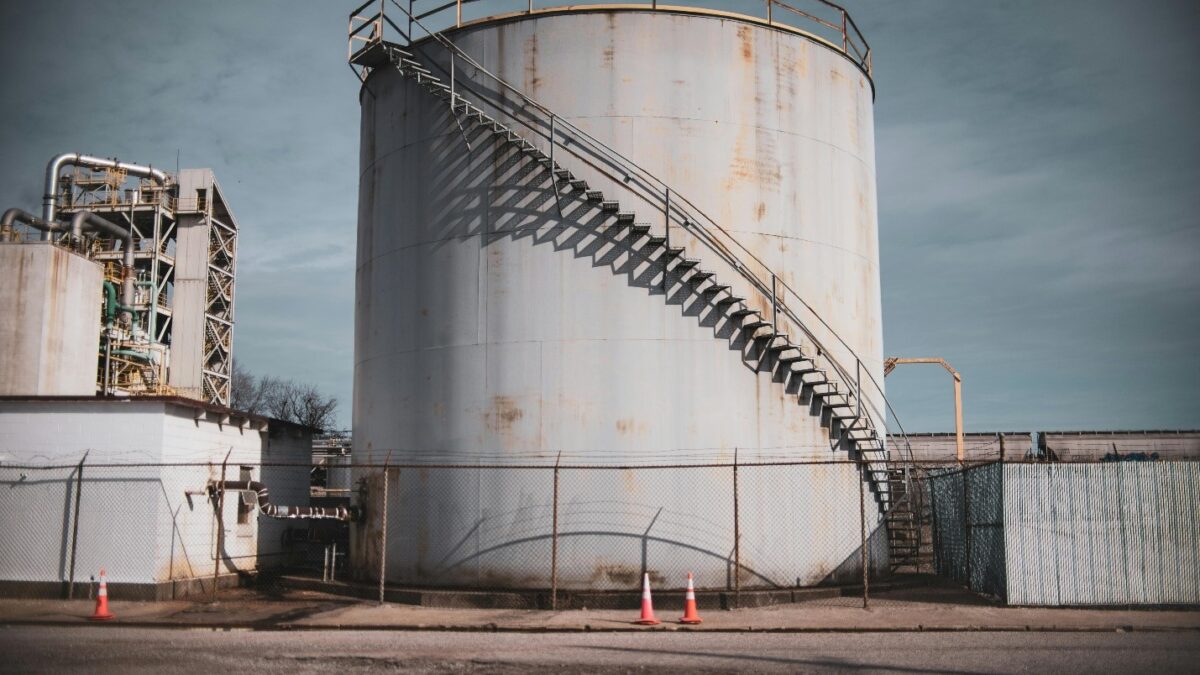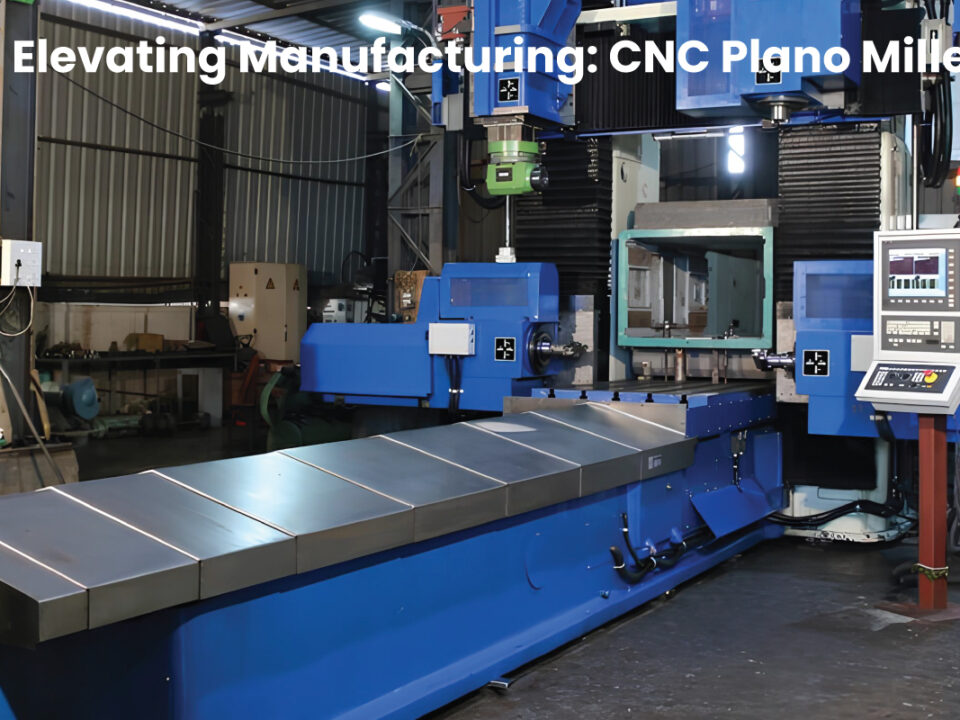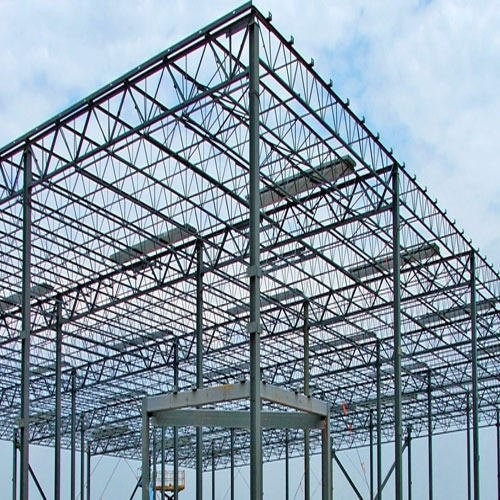Storage Tank Manufacturing
Storage tanks are vital components in various industries, serving as reliable vessels for storing liquids and gases. From holding water and chemicals to storing petroleum products and agricultural commodities, storage tanks play a crucial role in ensuring the smooth operations of businesses worldwide. In this blog, we will explore the process of storage tank manufacturing, highlighting its significance, techniques, and considerations.
Understanding Storage Tank Manufacturing
storage tank manufacturing involves a series of intricate processes aimed at producing durable and efficient vessels capable of withstanding the demands of industrial applications. Let’s delve into the key aspects of storage tank manufacturing.
Design and Engineering
The manufacturing process begins with meticulous design and engineering. Engineers analyze the requirements and specifications provided by clients to create detailed blueprints and technical drawings. Factors such as tank capacity, dimensions, material selection, and regulatory compliance are carefully considered during this phase.
Material Selection
Choosing the right material is crucial in ensuring the longevity and performance of storage tanks. Common materials used in storage tank manufacturing include steel, concrete, fiberglass-reinforced plastic (FRP), and polyethylene. Each material offers unique properties and advantages, catering to different storage needs and environmental conditions.
Fabrication
Once the design and material selection are finalized, the fabrication process begins. Skilled welders and fabricators meticulously cut, shape, and assemble the components according to the approved design specifications. Advanced welding techniques are employed to ensure structural integrity and leak-proof seams.
Quality Control
Quality control is paramount throughout the manufacturing process. Stringent quality assurance measures are implemented to verify the structural integrity, dimensional accuracy, and material consistency of the storage tanks. Non-destructive testing methods such as ultrasonic testing and X-ray inspection are often used to detect defects and ensure compliance with industry standards.
Coating and Finishing
To enhance durability and corrosion resistance, storage tanks are often coated with protective finishes. Common coatings include epoxy, polyurethane, and thermosetting powder coatings. These coatings provide an additional layer of protection against corrosion, chemicals, and harsh environmental conditions, extending the service life of the tanks.
Testing and Certification
Before being released to the market, storage tanks undergo rigorous testing and certification procedures. Hydrostatic pressure testing, leak testing, and dimensional inspections are conducted to verify the integrity and functionality of the tanks. Once successfully tested and certified, the tanks are ready for installation and use.
Considerations in Storage Tank Manufacturing
Several factors must be considered during the storage tank manufacturing process, including:
Regulatory Compliance: Ensuring compliance with industry standards and regulations, such as API, ASME, and OSHA, is essential to guarantee the safety and reliability of the storage tanks.
Environmental Impact: Minimizing the environmental impact of storage tank manufacturing by adhering to sustainable practices and using eco-friendly materials is crucial in promoting environmental stewardship.
Customization: Offering customization options to meet the specific needs and preferences of clients ensures the successful implementation of storage solutions tailored to their unique requirements.
Safety and Reliability: Prioritizing safety and reliability throughout the manufacturing process by implementing stringent quality control measures and adhering to best practices in design, fabrication, and testing.
Conclusion
Storage tank manufacturing is a complex yet essential process that underpins the functioning of various industries. By understanding the intricacies of storage tank manufacturing and adhering to best practices in design, fabrication, and quality control, manufacturers can deliver high-quality, reliable storage solutions that meet the diverse needs of their clients. As demand for storage tanks continues to grow, ensuring efficiency, safety, and sustainability in the manufacturing process remains paramount.





